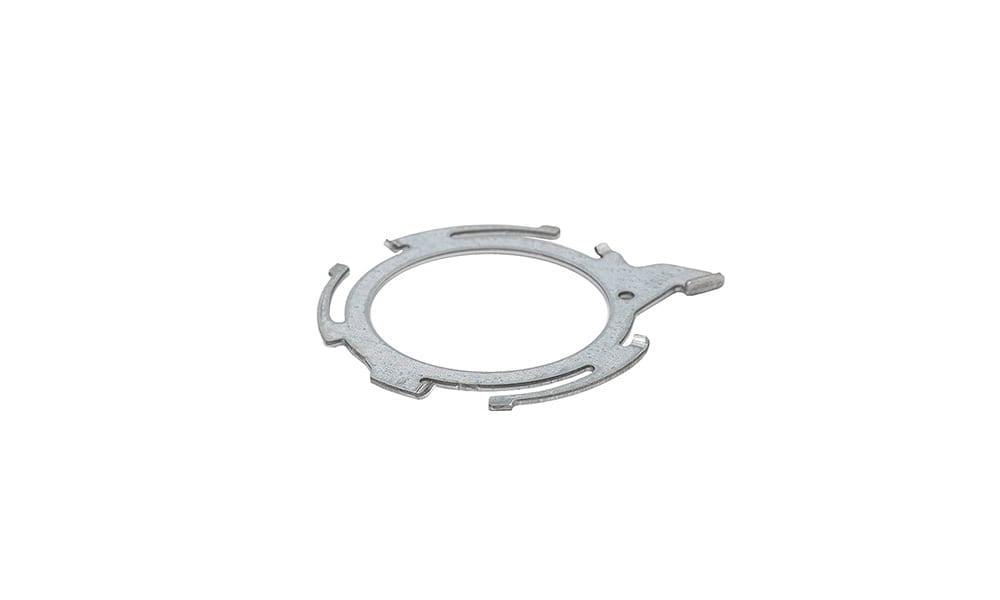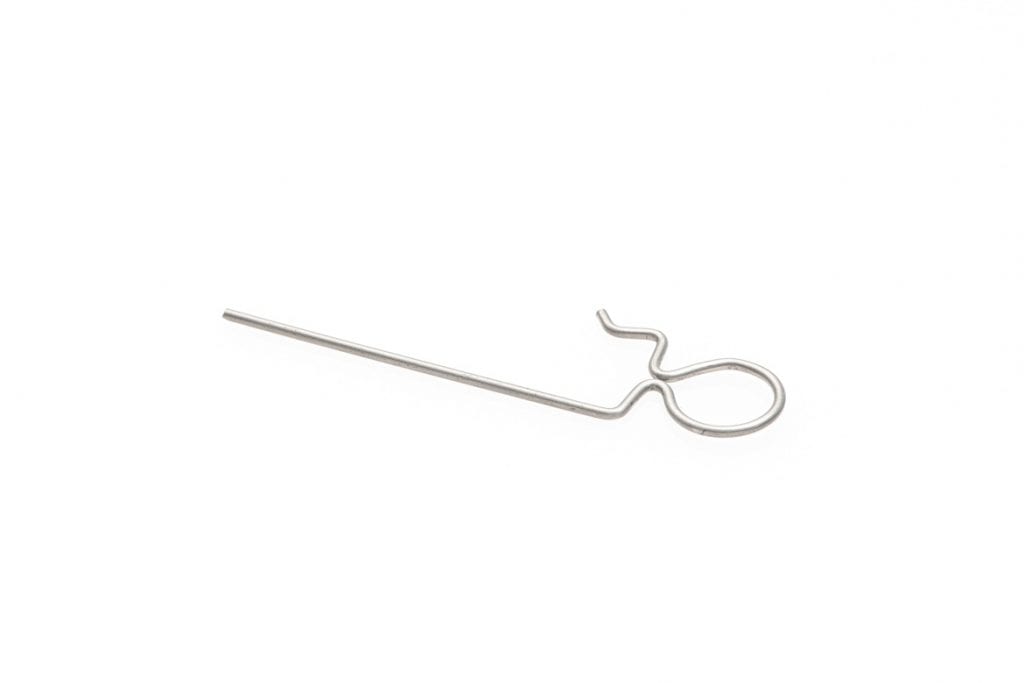Electronics demand precision, reliability, and scale. From smartphones and medical devices to aviation and renewable energy, the need for precision metal stamping for the electronics industry has never been greater. Stamped parts, springs, and wire forms deliver the conductivity, stability, and durability that modern systems rely on.
At Lesjöfors, we are a leading manufacturer of springs, pressings, and stampings. With deep expertise in electrical component metal stamping, resilient global supply chains, and one of the widest material ranges in the industry, we support customers worldwide. In this article, we outline how precision stamping works, the benefits it brings to electronics, and why material choice and sustainability are just as important as accuracy.
What is precision metal stamping?
Precision metal stamping is a high-speed manufacturing process that transforms sheet metal into intricate, reliable components using specialized dies and stamping presses. By applying controlled force, the process can punch, bend, emboss, or form metals into complex shapes within strict tolerances.
How is it used in the electronics industry?
Electronics depend on metal stamped parts for conductivity, connectivity, and structural integrity. Common applications include:
- Electrical contact stamping for switches, connectors, and relays.
- Electrical contact stampings for consumer electronics, automotive systems, and aerospace controls.
- Metal stamped parts for renewable energy systems, EV charging, and telecommunications.
- Stampings for electric aviation, where lightweight, high-strength parts are critical for performance and safety.
These applications demand design flexibility and repeatability, and precision stamping provides these distinct advantages.

Benefits of precision electrical component metal stamping
1. Precise accuracy & consistency
Electronics often operate within microns of tolerance. Stamping ensures dimensional accuracy across large production volumes, minimizing errors and ensuring product reliability.
2. Enables flexibility for complex components
From intricate contacts to hybrid components combining electrical and mechanical functions, stamping can create complex designs without compromising functionality.
3. Cost-efficiency at scale
Once tooling is developed, the stamping process delivers high-volume production at relatively low unit cost, making it ideal for consumer electronics and mass-market devices.
4. Rapid prototyping & production
Modern stamping technology allows quick progression from prototype to production. This reduces time-to-market for new devices and helps manufacturers stay competitive in fast-moving electronics sectors.
5. High levels of repeatability
Every stamped part mirrors the last, ensuring consistent performance across millions of components, a critical factor for electronics manufacturers. Recent research has shown that advanced predictive modelling and machine learning are now being applied to sheet metal stamping. These tools help forecast accuracy and allow manufacturers to anticipate potential issues before they occur, supporting tighter tolerances, less scrap, and more consistent production outcomes.
6. Supports complex geometries & tight tolerances
Advanced die design and progressive stamping enable the manufacture of components with fine details, tight bends, and multi-stage forming in a single process.
7. Integration with secondary operations
Stamping can incorporate additional processes such as threading, embossing, or inserting, reducing the need for separate operations and simplifying assembly.
Supply chain basics: Materials, resilience & sustainability
A solid understanding of supply chain basics helps navigate today’s manufacturing challenges. Below, you’ll find information about key materials, resilience through sourcing, and the role of sustainability in precision metal stamping.
Precision metal stamping materials
Conductive & formable metals
Copper, brass, and phosphor bronze are widely used for electrical contact stamping due to their high conductivity and ease of forming.
Structural & high-strength metals
Stainless steels and nickel alloys provide mechanical strength and corrosion resistance for demanding environments like aerospace or electric aviation.
Specialty & coated metals
Plated or coated materials improve conductivity, wear resistance, or oxidation protection, extending component lifespan.
Supply chain resilience
Electronics manufacturers depend on uninterrupted supply. At Lesjöfors, our global network ensures material availability, local production options, and logistical flexibility. This minimizes disruptions, resulting in reliable lead times even in volatile markets.
Sustainability practices
Electronics manufacturers are under growing pressure to reduce their environmental impact. Here at Lesjöfors, we follow circular economy principles in how we design and produce components. That means using materials more efficiently, reducing waste, offering recycled and recyclable metals, and creating parts that last longer and can be repaired. We also work with customers to design more sustainable products that support carbon reduction goals.

Springs, metal stampings & wire forms used in electrical applications
Springs and wire forms complement stamped parts in many electrical systems:
- Compression and tension springs provide force and stability in connectors and circuit breakers.
- Wire forms serve as clips, fasteners, or conductive pathways in compact devices.
- Custom stamping solutions integrate with springs and forms to create complete electromechanical assemblies.
This versatility makes Lesjöfors a trusted partner for customers who require fully integrated component solutions.
Metal stamping for electrical parts and components
From small connectors in consumer electronics to durable contacts in aviation, precision stamping underpins today’s electrical systems. Alongside springs and wire forms, these components provide the accuracy and reliability electronics require.
At Lesjöfors, we combine manufacturing expertise with close customer collaboration to deliver high-performance components that also support resilient and sustainable supply chains.
With global reach, advanced production, and a focus on sustainability, Lesjöfors is your partner for precision metal stamping in the electronics industry.
FAQs
Springs store and release force, stampings create precise electrical or structural parts, and wire forms act as shaped connectors or supports. Together, they keep electronic systems working reliably.
Yes. Modern stamping can be used for prototypes and small batches, helping customers test and improve designs before full production.
Yes. Precision stamping can make very small and complex parts, making it ideal for compact, high-density electronics like connectors and contacts.
Copper, brass, and phosphor bronze are used for conductivity. Stainless steel and nickel alloys add strength and resistance, while coatings improve durability and performance.
It reduces waste, supports recyclable designs, and makes production more efficient. New predictive tools also cut down on scrap and support circular economy goals.


